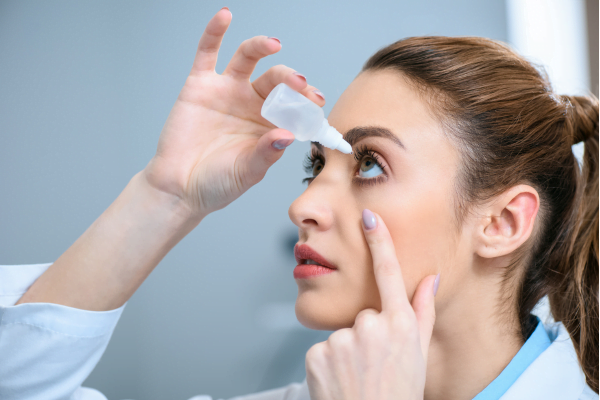You might ask: what is Restasis used for? Well, if you’re dealing with chronic dry eye disease, Restasis (cyclosporine ophthalmic emulsion) may be part of your treatment plan. While it’s effective for many, it’s vital to understand the Restasis side effects that might come with it.
Restasis Side Effects
Knowing these side effects can help you make informed decisions about your treatment and know when to reach out to your healthcare provider. Here are the six common side effects of Restasis that you need to take note of:
| Common Side Effects | Description |
| Eye Irritation | Burning, stinging, or discomfort upon application of Restasis. |
| Redness | Temporary inflammation causes redness in the eyes. |
| Watery Eyes | Increased tear production, potentially as a temporary adjustment. |
| Blurred Vision | Temporary blurriness that may occur after using Restasis. |
| Foreign Body Sensation | Feeling of a foreign object or grit in the eye. |
| Headache | Mild to moderate headaches may occur as a side effect. |
Eye Irritation
One of the most common side effects you might experience with Restasis is eye irritation. This could feel like a burning or stinging sensation or just general discomfort when you apply the medication. Usually, this irritation is mild and temporary, as your eyes adjust.
Redness
After using Restasis, you might notice redness in your eyes. This can happen because of the active ingredient, cyclosporine, which might cause temporary inflammation in your eye tissues. Mild redness is often harmless, but if it’s severe or doesn’t go away, it’s essential to get it checked out by a healthcare professional.
Watery Eyes
It might seem counterintuitive, but some people experience increased tear production or watery eyes when they start using Restasis. This happens as the medication improves the function of your tear glands. Usually, it settles down as your eyes get used to the treatment.
Blurred Vision
Another possible side effect of Restasis, although less common, is blurred vision. This could be due to the medication’s formulation or temporary changes in tear consistency. Often, the blurriness resolves on its own.
Foreign Body Sensation
You might also feel like there’s something in your eye when using Restasis—a sensation of having a foreign object or grit. While this discomfort is usually temporary and diminishes as your eye adjusts, if it persists or is accompanied by other symptoms like pain or redness, it’s essential to get it checked out.
Headache
Occasionally, Restasis users may experience headaches as a side effect. These headaches are typically mild to moderate and may go away on their own.
If any of the side effects above persist over a period of time or become more severe, consult a healthcare professional.
Restasis Generic
Restasis is a well-known medication containing cyclosporine as its active ingredient. This same active ingredient is also available in a generic version known as cyclosporine ophthalmic emulsion. Generic drugs are identical to brand-name medications in terms of their active ingredients.
Using the generic version is generally considered safe and effective, and it often comes at a lower cost compared to the brand-name drug.
If you’re considering switching to the generic form of Restasis, it’s a good idea to discuss it with your doctor. They can advise you on whether the generic version is available in formulations and strengths suitable for treating your condition.
Conclusion
If Restasis is part of your dry eye treatment plan, it’s essential to be aware of potential side effects. By understanding these common side effects, you can better manage your treatment and know when to seek medical attention if needed. Remember, always discuss any concerns or adverse reactions with your healthcare provider to ensure the most effective and comfortable treatment plan for you.

